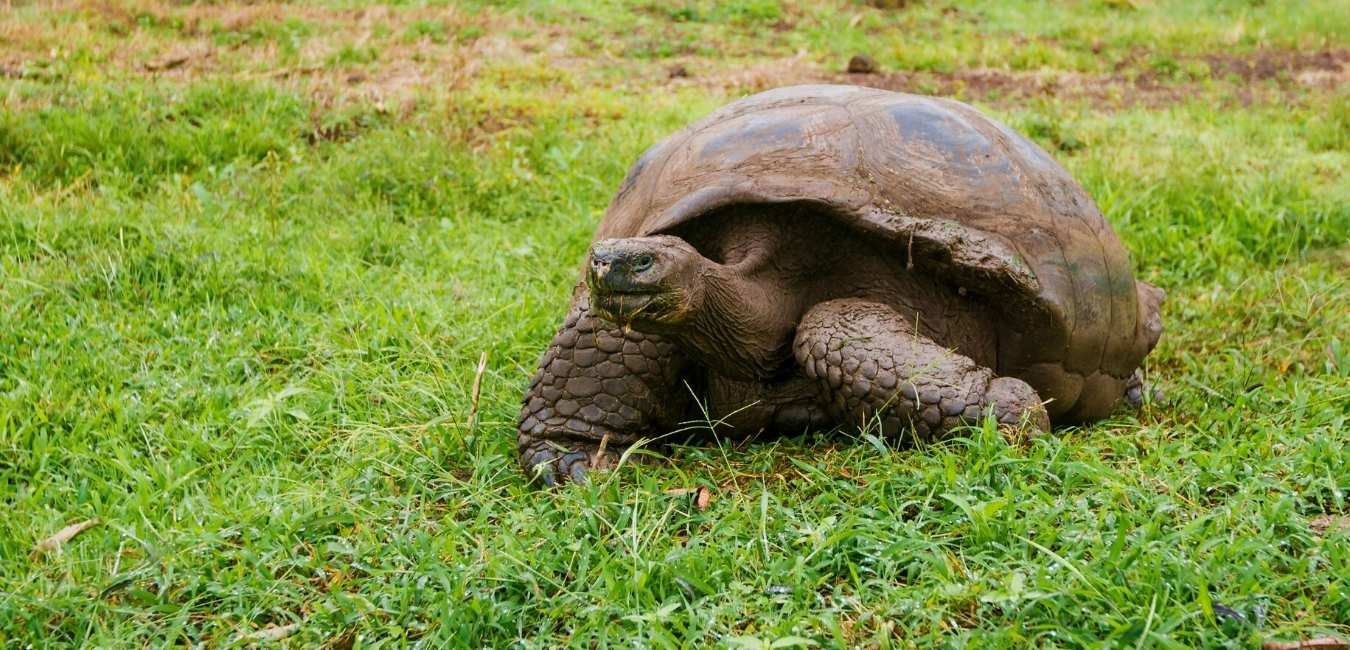Day by day
Map

Preview

Preview

Preview
Cruise Includes
Lodging on board in a cabin with private facilities;
All meals, water, coffee and tea;
All excursions as mentioned in the itinerary (itinerary subject to change) with English speaking naturalist guide;
All transfers in Galapagos (airport-yacht-airport transfers are only guaranteed if the flight has been booked through us);
Snorkeling gear (ONLY flippers).
Lobito Bus and Ferry
Cruise does not include
Roundtrip flight to Galapagos Islands;
Galapagos National Park entrance fee (USD 200 pp, subject to change);
If your voyage visits Isabela Island, there is also a US$10 fee to be paid on arrival at the island, Transit Control Card (USD 20 pp, subject to change);
Airport transfers in Galapagos (only included if the Galapagos flight has been booked through us on the scheduled cruise dates.
* If your arrival/departure is different than our scheduled cruise flights, the shuttle service is not included);
Wetsuit rental;
Soft and alcoholic drinks;
Tips and Travel insurance and other items of personal nature.
Itinerary 4 Days
From USD 2766,00